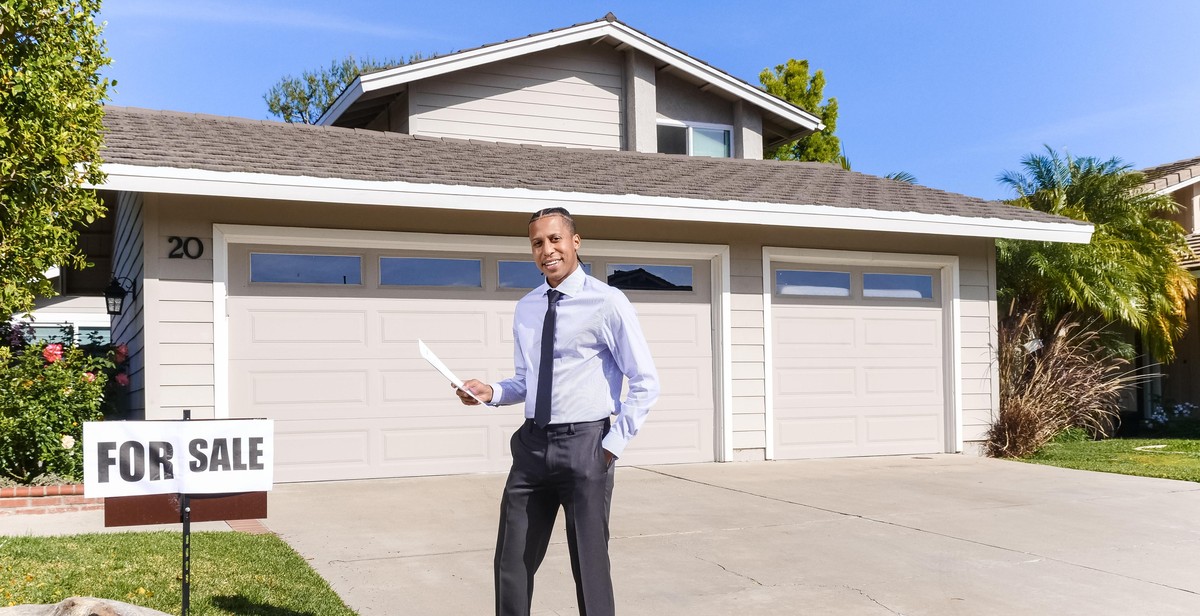How to Plan and Host a Successful Garage Sale
Garage sales, also known as yard sales or rummage sales, are a popular way to declutter and earn some extra cash. These sales are a great opportunity to get rid of items you no longer need or use, while also providing a chance for others to find treasures they’ve been searching for. Hosting a successful garage sale requires proper planning and execution. In this article, we will provide you with tips and tricks to plan and host a successful garage sale.
Why Host a Garage Sale?
Hosting a garage sale is a great way to get rid of unwanted items and make some extra cash. It is also an eco-friendly way to dispose of items that would otherwise end up in a landfill. Garage sales provide an opportunity to connect with your community and meet new people. Additionally, hosting a garage sale can be a fun and rewarding experience.
Benefits of a Successful Garage Sale
A successful garage sale can provide numerous benefits, including:
- Earning extra cash
- Decluttering your home
- Meeting new people and connecting with your community
- Reducing waste by recycling unwanted items
- Providing others with affordable items they may need
Now that we’ve discussed the benefits of hosting a garage sale, let’s move on to the planning and execution process.
Planning Your Garage Sale
Hosting a successful garage sale requires careful planning and preparation. Here are some tips to help you plan and organize your garage sale:
Selecting a Date and Time
The first step in planning your garage sale is to select a date and time that works for you. Typically, weekends are the best time to host a garage sale as more people are available to attend. Avoid holiday weekends or weekends with major events in your area, as these may draw potential customers away from your sale.
It’s also important to consider the weather when selecting a date. Check the forecast a few days before your sale and be prepared to reschedule if necessary.
Preparing Your Items
Once you have a date set for your garage sale, it’s time to start preparing your items. Begin by going through your home and gathering items you no longer need or want. Be sure to clean and organize everything before setting it out for sale.
It’s also a good idea to price your items before the sale. Use stickers or tags to mark the price of each item, and consider grouping similar items together to make pricing easier.
If you have larger items such as furniture or appliances, be sure to measure them and include the dimensions in the description. This will help potential buyers determine if the item will fit in their space.
Advertising Your Sale
Advertising is key to attracting potential customers to your garage sale. Start by creating signs to place around your neighborhood, directing people to your sale. Be sure to include the date, time, and location of your sale on the signs.
You can also advertise your sale online through social media or garage sale websites. Craigslist and Facebook Marketplace are popular options for advertising garage sales.
If you have particularly valuable or unique items for sale, consider taking out an ad in your local newspaper or on community bulletin boards.
Finally, consider offering discounts or promotions to attract more customers. For example, you could offer a discount for buying multiple items or offer a free item with a purchase over a certain amount.
| Key Points |
|---|
| Select a weekend date |
| Clean and organize items for sale |
| Price items before the sale |
| Create signs and advertise online |
| Consider offering discounts or promotions |

Setting Up Your Garage Sale
Setting up your garage sale is a crucial step in ensuring its success. Here are some tips to help you organize your items, price them correctly, and create a welcoming environment for your customers.
Organizing Your Items
The first step in organizing your items is to categorize them. This will help you keep track of what you have and make it easier for customers to find what they’re looking for. You can categorize your items by type, size, or price.
Once you’ve categorized your items, it’s time to display them. Make sure everything is visible and easy to access. You can use tables, shelves, or even cardboard boxes to display your items. Just make sure everything is organized and clearly labeled.
If you have any valuable or fragile items, make sure they are kept in a secure location. You may also want to consider placing them near the checkout area so you can keep an eye on them.
Pricing Your Items
Pricing your items can be tricky. You want to make sure you’re not underselling your items, but you also don’t want to overprice them and scare away potential customers. Here are some tips for pricing your items:
- Do your research: Check online marketplaces or other garage sales in your area to get an idea of what similar items are selling for.
- Be flexible: Consider offering discounts for multiple purchases or at the end of the day to help clear out your inventory.
- Label everything: Make sure every item is clearly labeled with its price. You can use stickers, tags, or even a marker on masking tape.
Creating a Welcoming Environment
The key to a successful garage sale is creating a welcoming environment for your customers. Here are some tips to help you do just that:
- Clean up: Make sure your garage and driveway are clean and clutter-free. Sweep the floors, dust off any surfaces, and remove any personal items that you don’t want to sell.
- Play some music: Soft background music can help create a friendly and relaxed atmosphere.
- Offer refreshments: Consider offering some water, lemonade, or snacks to your customers. This can help keep them around longer and encourage them to make a purchase.
By following these tips, you can set up a successful garage sale that attracts plenty of customers and helps you make some extra cash.

During Your Garage Sale
Once your garage sale is up and running, it’s important to ensure that everything runs smoothly. Here are some tips on handling transactions, engaging with shoppers, and managing crowd control.
Handling Transactions
Make sure you have plenty of change on hand, including coins and small bills. It’s a good idea to have a cash box or fanny pack to keep your money safe and organized. Keep track of your sales by using a notebook or spreadsheet. This will help you keep track of what items you sold and for how much.
If you’re accepting credit card payments, make sure you have a reliable card reader and a strong Wi-Fi signal. Before the sale, test your card reader to make sure it’s working properly. Be sure to let shoppers know that you accept credit cards by putting up a sign or mentioning it in your advertising.
Engaging with Shoppers
Engaging with shoppers can help you sell more items and create a positive experience for everyone. Greet shoppers as they arrive and offer to help them find what they’re looking for. Be friendly and approachable, but don’t be pushy. Let shoppers browse at their own pace and answer any questions they may have.
If you have a lot of items for sale, consider grouping similar items together to make it easier for shoppers to find what they’re looking for. You can also create eye-catching displays to showcase your best items.
Managing Crowd Control
Depending on the size of your garage sale, you may have a lot of people coming and going throughout the day. To manage crowd control, consider setting up a designated entrance and exit. This will help prevent congestion and ensure that shoppers are able to move through your sale smoothly.
If you have a lot of items for sale, consider setting up tables and racks to keep everything organized. This will help prevent items from getting damaged and make it easier for shoppers to browse.
Finally, be sure to keep an eye on your surroundings and be aware of any potential safety hazards. If you notice any issues, address them immediately to ensure the safety of both your shoppers and yourself.
With these tips, you’ll be well-equipped to handle transactions, engage with shoppers, and manage crowd control during your garage sale.
After Your Garage Sale
Once your garage sale is over, it’s time to start cleaning up and evaluating your success. Here are some important steps to take:
Cleaning Up
After a long day of selling, your yard and garage may look like a disaster zone. It’s important to take the time to clean up properly. Here are some tips:
- Take down all signs and advertisements
- Take down tables and fold them up
- Put away any leftover items
- Dispose of any trash
- Sweep and hose down the area
By taking the time to clean up, you’ll leave a good impression on your neighbors and ensure that your property looks nice.
Evaluating Your Success
After your garage sale, it’s important to evaluate your success. This will help you determine what worked well and what you can improve on for next time. Here are some things to consider:
- How much money did you make?
- Which items sold the best?
- What items didn’t sell?
- Did you have enough advertising?
- Did you have enough help?
By answering these questions, you’ll be able to make improvements for your next garage sale.
Donating Unsold Items
After your garage sale, you may have some items that didn’t sell. Instead of throwing them away, consider donating them to a local charity or thrift store. This will not only help those in need, but it will also help you declutter your home.
| Charity/Thrift Store | Address | Phone Number |
|---|---|---|
| Goodwill | 123 Main Street | (123) 456-7890 |
| Savers | 456 Oak Avenue | (456) 789-0123 |
| The Salvation Army | 789 Elm Street | (789) 012-3456 |
By following these steps, you’ll be able to successfully wrap up your garage sale and make the most of your efforts.
